For OEMs in the pump, compressor, turbine, and industrial machinery sectors, choosing the right supplier for tungsten carbide bushings is a critical decision.
A reliable supplier helps reduce downtime, increase product life, and ensure long-term performance.
This guide explains the key sourcing steps every OEM should follow to select the best material grade, evaluate manufacturers, and lock in a stable, high-quality supply chain.
Understand Your Technical Requirements First
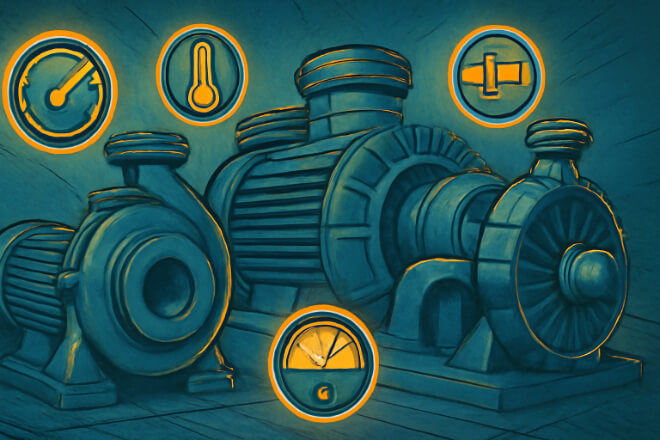
Before contacting any supplier, OEMs must define the operating conditions for the bushing.
This ensures the selected tungsten carbide grade and design fit the equipment’s performance needs.
1). Key Requirements OEMs Should Prepare
Equipment type (pump, compressor, turbine, mixer)
Shaft speed and load
Operating temperature
Fluid type (clean, abrasive, corrosive)
Required service life
Expected pressure and vibration levels
2). Sample Requirement Sheet (OEM → Supplier)
| 매개변수 | Typical Range | 왜 중요한가 |
|---|---|---|
| Speed | 500–8000 rpm | Impacts grade and clearance |
| Fluid type | Clean / dirty / corrosive | Affects binder choice and hardness |
| 온도 | 0–300°C | Affects thermal expansion behavior |
Providing clear data helps avoid costly redesigns or mismatches later.
Select the Right Tungsten Carbide Grade
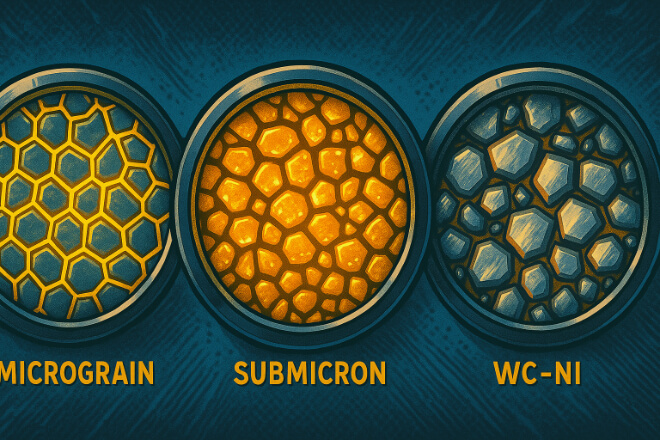
Different applications require different carbide grades.
Choosing the wrong grade can lead to early wear, cracking, corrosion, or overheating.
1). Factors That Affect Grade Choice
Abrasive wear conditions
Corrosion level
Speed and load
Binder type (Co or Ni)
2). Common Grades for OEM Applications
| 등급 | 바인더 콘텐츠 | Best Use Case |
|---|---|---|
| Micrograin WC-Co | 6–12% Co | High wear resistance and strength |
| Submicron WC-Co | 6–8% Co | High-speed precision applications |
| WC-Ni | 8–12% Ni | Corrosive environments, saltwater, chemicals |
Choosing the right grade enhances durability and long-term performance.
Evaluate Supplier Manufacturing Capabilities
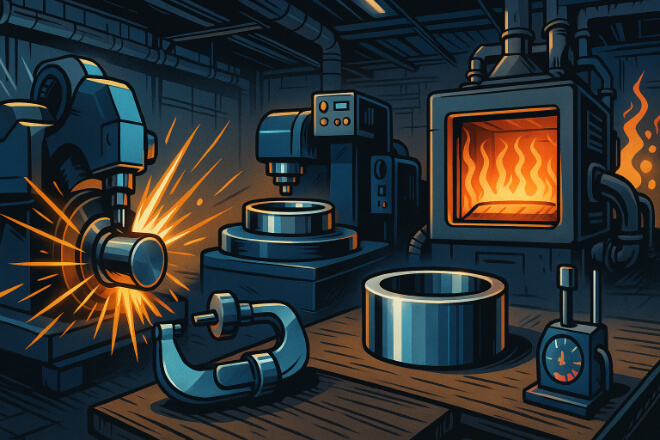
OEMs should only source from suppliers with strong production control and testing systems.
1). What to Look For
CNC grinding and turning capabilities
HIP (Hot Isostatic Pressing) availability
Sintering furnace control tracking
Tight tolerance machining
Surface finishing and lapping capability
Ability to produce mirror-polished surfaces
2). Supplier Capability Checklist
| Capability | Required for OEMs? | 왜 중요한가 |
|---|---|---|
| CNC grinding | 예 | Ensures dimensional accuracy |
| HIP treatment | Highly recommended | Reduces porosity, improves strength |
| CMM inspection | 예 | Guarantees precision tolerances |
A strong production capability reduces risk for OEMs.
Review Quality Control and Testing Standards

OEMs should confirm the supplier follows strict QC steps throughout production.
1). Testing Methods OEMs Should Expect
경도 testing
밀도 test
Roundness measurement
Surface roughness inspection
Ultrasonic test (UT) for internal defects
Dye penetrant test (DPI) for surface cracks
2). QC Document Examples
Material Test Certificate (MTC)
Inspection data sheet
Batch traceability record
Surface finish report
Reliable documentation builds confidence and ensures repeatability.
Compare Pricing, Lead Time, and MOQ
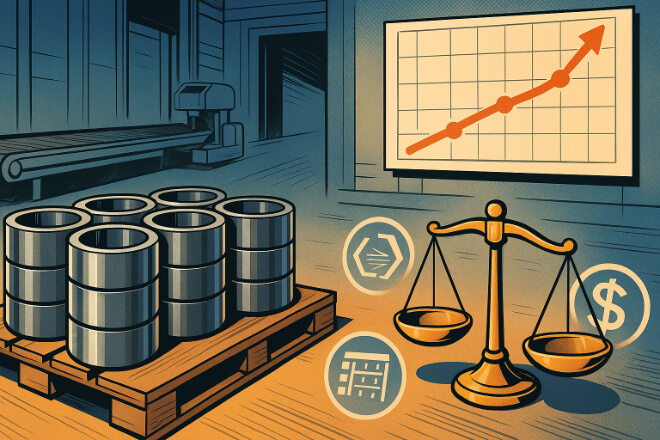
OEM sourcing requires balancing price, quality, and supply stability.
1). Factors Affecting Bushing Price
Carbide grade
Tolerance accuracy
표면 마감 품질
Quantity
Special design features
Any required inspection certificates
2). Typical OEM Purchasing Comparison Table
| 요인 | 낮은 | 중간 | 높은 |
|---|---|---|---|
| Price | Low-cost grade | Standard grade | Premium grade |
| Lead time | 1–2 weeks | 2–4 weeks | 4–8 weeks |
| MOQ | 1–10 pcs | 50–200 pcs | 500+ pcs |
OEMs should assess these factors based on project size and production schedule.
Evaluate Supplier Communication and Engineering Support

Strong engineering support is essential for custom OEM projects.
Good Supplier Communication Includes
Fast technical response
Clear drawing review
OEM-specific recommendations
Optimization for cost or performance
Support during installation or testing
A supplier that understands OEM workflows saves time and reduces errors.
Inspect Packaging, Logistics, and Long-Term Supply Reliability
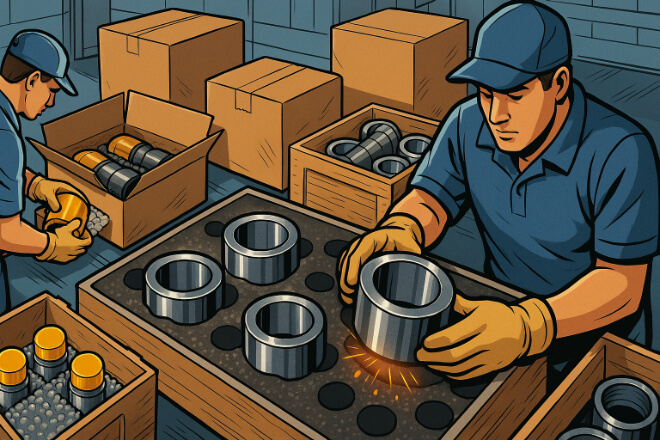
Logistics problems can delay OEM production lines.
1). Important Packaging Requirements
Foam boxes or individual cells
Plastic caps for bore protection
Moisture-proof packaging for Ni-binder grades
Impact-resistant external boxes
2). Long-Term Supply Considerations
Stable raw material source
Safety stock availability
Consistent batch quality
Multi-step inspection for repeat orders
OEMs should favor suppliers with strong, proven reliability.
결론
For OEMs, sourcing tungsten carbide bushings is not only about price. It requires understanding your application, choosing the correct grade, verifying manufacturing quality, and ensuring long-term reliability.
By following this guide, OEMs can reduce the risk of failures, improve performance, and build a stronger supply chain for critical components.
회사에 대한 자세한 내용을 알고 싶으시면 언제든지 문의해 주세요. 문의하세요.
